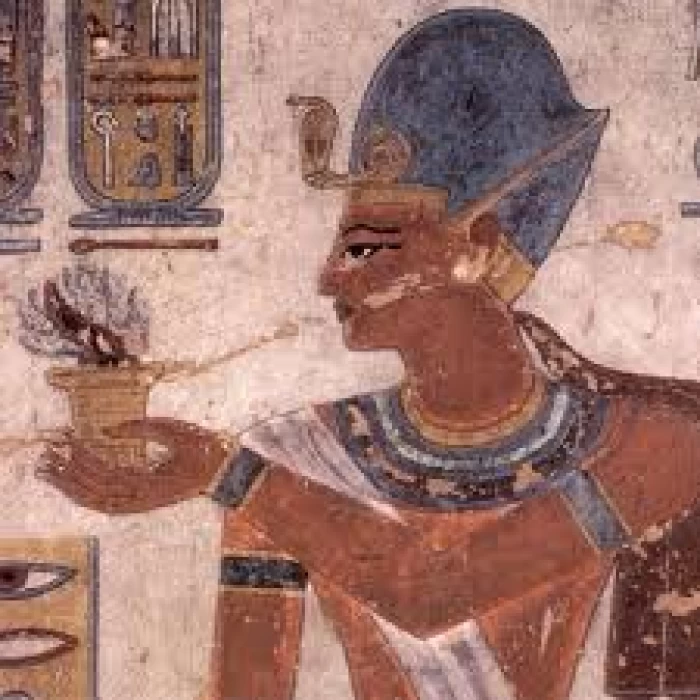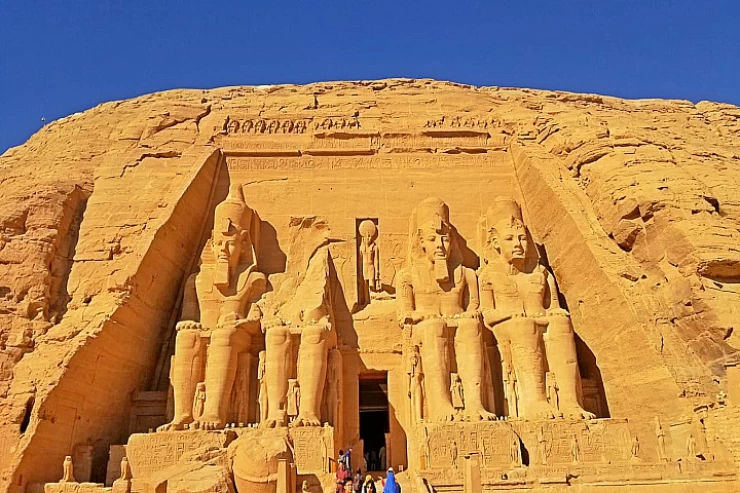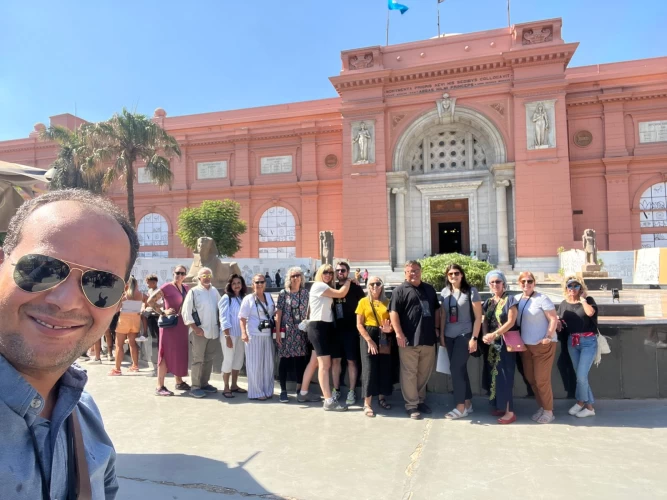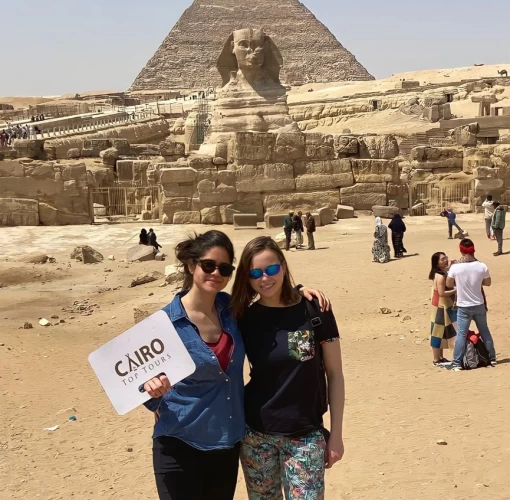
King Ramses III
Details Regarding King Ramses III
The first four years of Ramses III's rule were quiet, and he took to consolidating his state and continued his father King Six Nakht's policy to bring stability to Egypt. There were no problems in Nubia; it was a colony under Egyptian rule. However, the Libyans, along with two other confused tribes, left the desert and attempted to invade fertile land in the western Egyptian delta.
And the Egyptian army quickly put an end to them, killing those who weren't dead. The Republic of Koreaa" has been captured, and since then, the country neighboring Egypt has taught the lesson. I knew very well not to provoke the pharaoh and not to outrage him, otherwise it would receive the unimpressed.
It was in the eighth year of the reign of Pharaoh Ramses III, that large tribes came to Egypt on their way to stability, and they were destroyed before coming to Egypt, and these tribes or peoples had several names, but the most famous name was given to them. "The Peoples of the Sea", and King Ramses III recorded and photographed his wars and victories against the peoples of the sea on the walls of his great funeral temple in Habu, western mainland of Luxor.
The King also recorded the text of his wars against them on the exterior wall of the Second Editorial, the longest known text of hieroglyph on the temples to date, and the battle against them was depicted on the North Exterior Wall of the Temple.
The sea peoples of Syria stopped in Syria and moved towards Egypt by land, aiming to settle down and reside there. They moved their women, children, and family belongings, using bullpen to transport them. The Sea Peoples' Fleet served as a camp for Egypt's occupation and stability.
King Ramses III realized the speed of action and stopped the massive human waves. Military forces were sent to the eastern border points until the Egyptian army was fully gathered. The war took place at the border, and the invaders were killed, as depicted in battle views on the temple of Habu City. Pharaoh Ramses III was portrayed in larger size in ancient Egyptian art.
It is known that King Ramses III had a secondary wife as "T", and carried out a conspiracy against the life of the pharaoh, which was one of the few times we talked the pharaoh texts about something like this, and we know about the conspiracy of the trials of the accused from Turin's judicial paper, and the conspiracy is known as the "The Harem Plot".
A number of the Harem of the Royal Palace and some tile bartenders participated in the plot, guarding him and his servants. The purpose of these conspirators was not known. Perhaps the main reason for the plot is that this Queen "T" In cooperation with some of the minors, she planned to assassinate the King in order to give birth to her son. "Pentaurt" on the throne instead of the Crown Prince, King Ramses IV thereafter.
Latest Articles
Admin
Aswan Governerate in Egypt
One of Egypt's southern governorates is Aswan Governorate. The city of Aswan serves as its capital. At a latitude of 22 north of the equator (also known as the Tropic of Cancer), it is bounded to the north by the Qena Governorate, to the east by the Red Sea Governorate, to the west by the New Valley Governorate, and to the south by the Republic of Sudan.
Admin
Luxor Governorate Egypt
The capital of the Arab Republic of Egypt is Luxor City, which was once known as "Thebes City" because it served as Egypt's capital during the Pharaonic era. It is situated in the South Upper Egypt region, approximately 670 kilometers from the capital Cairo from the south. It is bordered on the north by Qena Governorate, on the south by Aswan Governorate, on the east by Red Sea Governorate, and on the west by New Valley Governorate.
Admin
History of kafr El Sheikh Governorate
Kafr El Sheikh Governorate is an Egyptian governorate, located in the northernmost part of Egypt in the Nile Delta, with Kafr El Sheikh as its capital. It had a population of 3,172,753 in 2015 and an area of 3,748 km². Its entire area is located north of the delta and overlooks the Mediterranean Sea. The main economic activity of the residents of the governorate is agriculture and fishing, especially the southern lands of the governorate and the lands overlooking the Nile River - Rosetta Branch.
Admin
Egypt's New Administrative Capital
The New Administrative Capital is located between the Cairo-Suez and Cairo-Ain Sokhna roads, 60 km from Cairo and the same distance from Ain Sokhna and Suez. The New Administrative Capital is located on the border of Badr City, in the area between the Cairo-Suez and Cairo-Ain Sokhna roads, just after New Cairo, Mostakbal City and Madinaty.
Admin
Al Gharbia Governorate
Gharbia Governorate is one of the governorates full of archaeological sites, whether they are places or facilities (mosques, churches), as the governorate is a destination for visitors to these places throughout the year, whether they are Egyptians from the different governorates.
Admin
Hamata Islands (Qulaan Archipelago) in Marsa Alam
The Hamata area, south of Marsa Alam in the Red Sea, is one of the most important parts of the Wadi El Gemal Reserve, whether in the desert or the sea. It was named after the sorrel plant, which was distorted to Hamata.




















